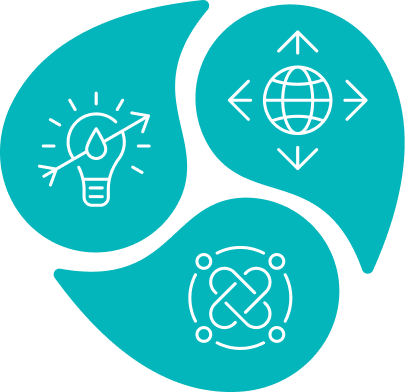Gender Responsive Budgeting (GRB) is a process of analysing budget programmes from a gender perspective and prioritising the budget design based on identified gender equality gaps, as well as the integration of gender roles and needs in the reallocation of the available resources for achieving gender equality and advancing woman’s rights. GRB recognizes that the budget and policies have different and unequal impact on women and men and helps to improve accountability and transparency through comprehensive gender analysis to overview the policies, budget, expenditure and its beneficiaries. This Tool consists of steps and practical insight on how to incorporate GRB in projects and programmes.
Gender Responsive Budgeting (GRB) can be used to integrate gender perspective in the budgeting process that seeks to create a direct linkage between social and economic policies through the application of a gender analysis to the formulation and implementation of government budgets. In general, both macro and micro economic frameworks are gender-neutral, and budgets as key fiscal instruments reinstate this bias- women’s contributions to the economy (by not taking into consideration their unpaid work) resulting in a highly biased budgets and fiscal policy. A gender analysis can also demonstrate the ways in which social institutions that are seemingly “gender neutral”, bear and transmit gender biases (Tool B5.01). That eventually affects overall conceptualisation, formulation, execution, and impacts of national budgets and policies. Gender budget analyses can be applied to gender specific expenditures that promote gender equity within the public service and general or mainstream expenditures.

 IWRM Tool - D1.06
IWRM Tool - D1.06